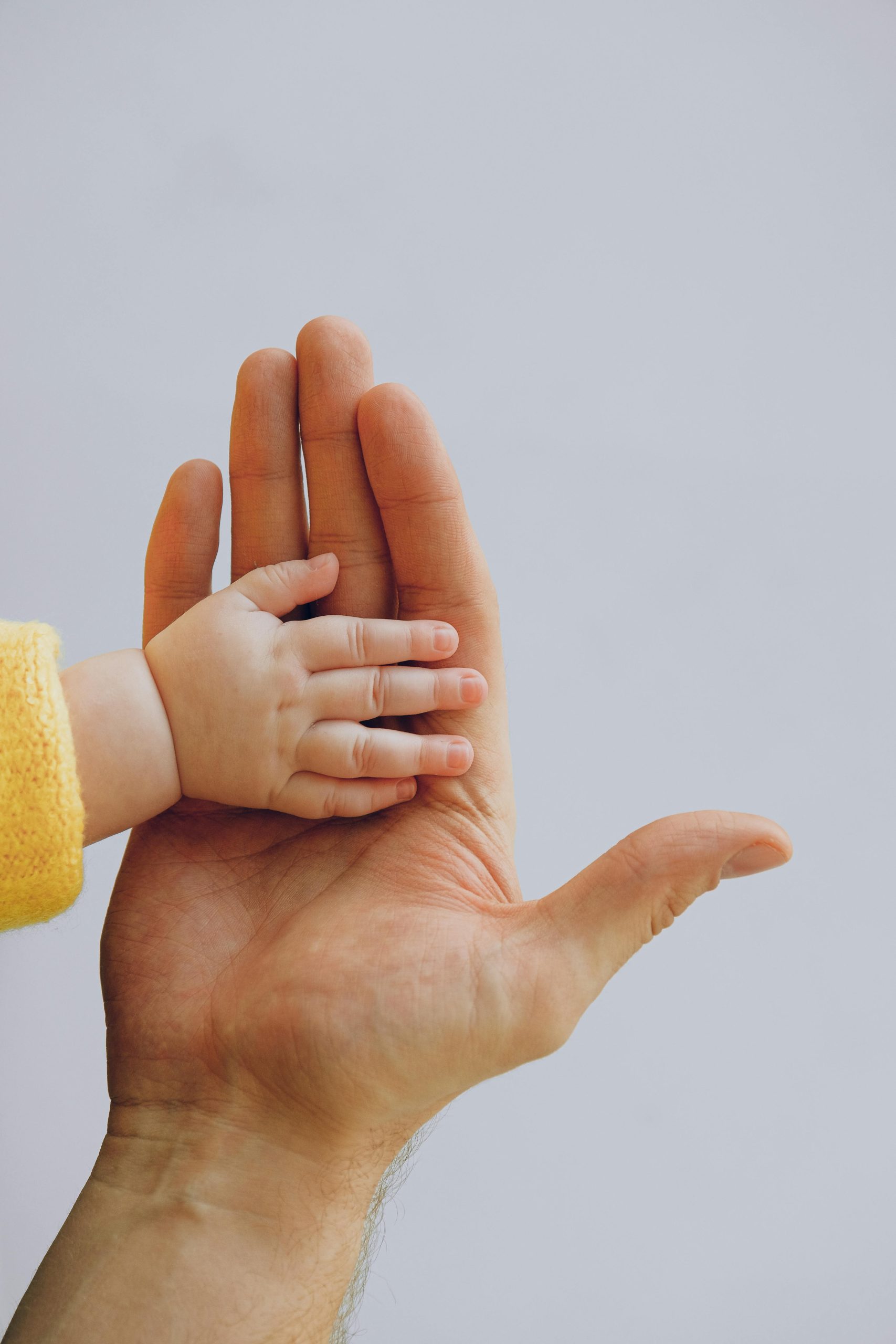Gentle Hands Building a Foundation of Kindness and Respect is important. In a world where children learn through observation and experience, teaching them to use gentle hands when interacting with others is vital. Physical touch plays a vital role in human connection, but it can also be misused—whether in moments of frustration or misunderstanding. Helping children understand the power of gentle interactions fosters empathy, strengthens relationships, and creates a safe environment where kindness thrives.
This article explores why teaching children to use gentle hands is essential for their social and emotional development, how it benefits their interactions, and the best ways to instill this value from an early age.
The Importance of Gentle Hands in Childhood Development
Children are naturally curious and expressive, often using physical touch to communicate emotions. However, without guidance, they may resort to hitting, grabbing, or pushing when faced with frustration or excitement. Teaching them the importance of using gentle hands cultivates empathy, emotional regulation, and respect for others.
- Encourages Emotional Intelligence
When children learn to handle situations with care, they develop emotional intelligence. Using gentle hands helps them build a foundation of kindness and respect. It also helps them recognize the impact of their actions on others and teaches them to express emotions through words rather than impulsive physical reactions.
- Strengthens Relationships and Social Bonds
A child who understands how to be gentle with peers, siblings, and caregivers builds stronger relationships. Gentle hands foster trust, making interactions more enjoyable and creating a sense of safety in friendships and family connections.
- Reduces Conflict and Encourages Peaceful Resolution
Physical aggression often stems from frustration or a lack of problem-solving skills. By emphasizing gentle touch, children learn alternative ways to resolve conflicts—such as expressing feelings verbally, seeking compromise, or walking away from situations that upset them.
- Teaches Empathy and Respect
Using gentle hands reinforces the concept of treating others as they wish to be treated. When children practice kindness in their interactions, they become more empathetic, respecting personal boundaries and understanding the value of consent and mutual care.
Ways to Teach Children to Use Gentle Hands
Instilling the habit of gentle interactions requires patience, consistency, and positive reinforcement. Here are some effective strategies to nurture this value:
- Model Gentle Interactions
Children learn by example, so demonstrating kindness in your physical interactions teaches them how to make connections, and aids in building a foundation of kindness and respect towards others.. Whether through hugs, soothing touch, or respectful gestures, your behavior sets the foundation for their understanding of gentle hands.
- Use Positive Reinforcement
Praise and acknowledge moments when your child uses gentle hands. Saying, “I love how kind you were when you shared your toy,” or “That was so gentle of you to pat your sibling on the back,” reinforces positive behaviors and encourages repetition.
- Teach Alternatives to Physical Expressions of Frustration
Children often resort to hitting or grabbing when they don’t know how to express frustration. Teaching them calming techniques—like deep breathing, using words to express emotions, or asking for space—provides alternative ways to manage strong feelings.
- Incorporate Storytelling and Role-Playing
Books and storytelling offer engaging ways to demonstrate the importance of gentle interactions. Reading stories where characters practice kindness helps children relate to these values, while role-playing scenarios encourages them to practice gentleness in different situations.
- Encourage Caring for Animals and Nature
Teaching children to be gentle with pets or plants helps reinforce the concept of careful, respectful touch. Activities like feeding a pet softly or watering flowers with care demonstrate that gentleness applies to all living things.
- Set Clear Expectations and Boundaries
Consistently reminding children about appropriate physical interactions helps instill the habit. Phrases like “We use gentle hands,” or “Hands are for helping, not hurting,” reinforce the expectation that kindness is a priority in all interactions.
A Lifelong Lesson in Kindness
Teaching children to use gentle hands is about more than avoiding physical aggression—it’s about fostering empathy, trust, and emotional well-being. By guiding them toward mindful and respectful interactions, we nurture their ability to build strong, positive relationships and handle emotions with grace.
Gentleness is a lifelong lesson, shaping the way children communicate, care, and connect with the world around them. When taught early, it lays the foundation for kindness, emotional intelligence, and a future where compassion leads the way. Gentle Hands Building a Foundation of Kindness and Respect is an important responsibility.
For additional educational articles.

